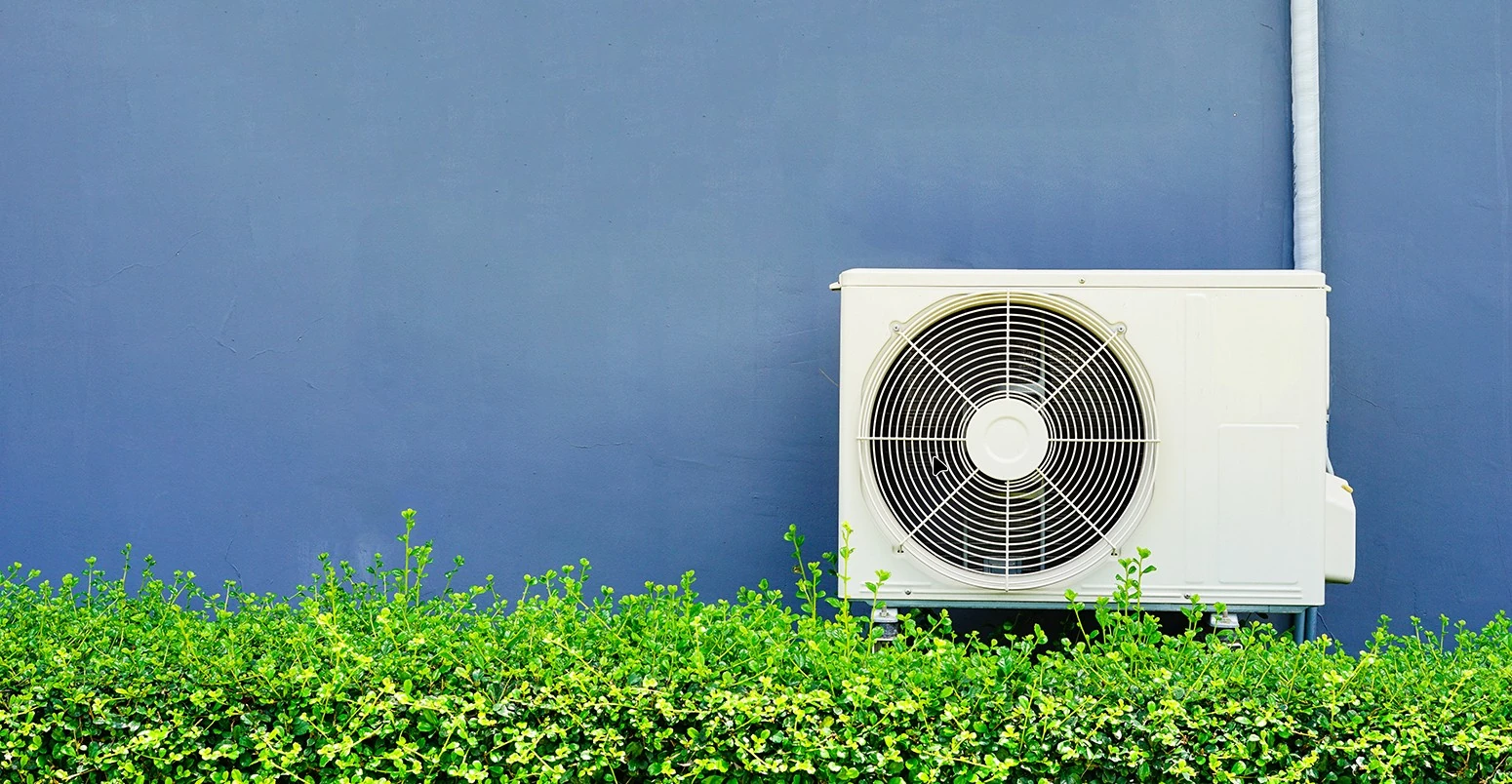Although many of us spend winters excitedly anticipating the return of summertime, home cooling costs have a habit of putting a damper on our merriment. Depending on the size of your residence and the level of heat your area receives, a significant portion of your income is likely to go towards home cooling throughout the summer. While there’s no definitive solution to this problem, many homeowners make things much worse without even realizing it. So, if you’re unclear on why cooling your home has gotten so expensive, consider the following reasons.
You don’t have dependable ceiling fans
Although they often play second fiddle to air conditioning, ceiling fans are immensely important – and immensely effective – home cooling aids. So, if your home is currently bereft of high-quality ceiling fans – or ceiling fans altogether – now would be the time to change that. Installing a dependable ceiling fan in every area of your residence can benefit your cooling efforts in a number of ways.
To start with, ceiling fans can work hand-in-hand with air conditioning by evenly circulating the cool air your AC produces. This will relieve the air conditioning of some of its burden while maximizing summertime comfort. Additionally, even without the assistance of AC, ceiling fans can produce cool breezes that flow directly downward. To imbue them with this ability, simply set their blades to spin counterclockwise.
If the summertime temps in your area tend to drop after the sun sets, you can use ceiling fans to take full advantage of nighttime cooldowns. Just open some windows, turn on your ceiling fans and allow them to distribute the naturally cool throughout your entire residence.
In addition to being affordable on most budgets, high-quality ceiling fans come in a wide variety of colors, styles and sizes. For example, if you’re in the market for something rustic, have a look at some farmhouse ceiling fans.
High humidity
High humidity can make it harder for your cooling system to maintain a comfortable temperature during the summer, resulting in higher energy consumption and increased cooling costs. To combat high humidity, using a dehumidifier can reduce the amount of moisture in the air and improve indoor air quality. Additionally, ensuring that your cooling system is properly sized for your home can improve efficiency and lower cooling costs.
You’re relying on air conditioning too much

It can’t be denied that air conditioning is an important tool for beating the heat. In fact, in certain parts of the country, dependable AC is an absolute necessity. Still, this doesn’t mean that air conditioning should be your only means for cooling off. While running your AC around the clock may be a convenient way to stay cool, it’s also bad for both the environment and your finances.
Fortunately, breaking your household’s overreliance on air conditioning should be well within your abilities. For starters, if you leave your air conditioning on when your home is empty, you’re literally throwing away money. So, if every member of your household is going to be gone for an extended period, make sure the last person to leave turns off the AC. And instead of running your air conditioning 24/7, set it to only come on when a certain temperature has been exceeded.
Inadequate shading
Inadequate shading can cause direct sunlight to enter your home during the summer months, causing temperatures to rise and increasing the workload for your cooling system. This can result in higher energy consumption and increased cooling costs. To reduce the amount of direct sunlight entering your home, it’s important to ensure that there is adequate shading.
Natural shading provided by trees, bushes, and other vegetation can be effective in blocking the sun’s rays. Additionally, exterior shading devices such as awnings or shutters can also help to reduce direct sunlight. When considering shading, it’s important to take into account the angle of the sun during different times of the day and seasons of the year.
Finally, adequate shading can provide other benefits beyond reducing cooling costs. It can help to protect your furniture and flooring from fading due to exposure to direct sunlight and create a more comfortable outdoor living space. By ensuring that your home has adequate shading, you can reduce energy consumption and lower your cooling bills, while also increasing the value of your home.
Cool air is escaping through your windows
While it’s reasonable to assume that keeping your windows firmly closed will prevent cool air from escaping, that’s simply not the reality of the situation – especially if your home lacks energy-efficient windows. When dealing with standard-grade windows, cool air escaping and warm air finding its way inside are likely to be commonplace.
There are a number of simple ways to combat this issue. For starters, you can install dependable weatherstripping or hang sun-blocking curtains. In addition to being effective, these fixes are unlikely to place much of a strain on your finances. However, if you don’t mind spending a little more, you should consider upgrading to energy-efficient windows. Because these windows contain multiple panes, it’s very difficult for indoor air to escape and outdoor air to enter your home through them. As an added bonus, energy-efficient windows can also help keep your cooling costs in check throughout the fall and winter months.
No matter how much you were looking forward to the return of summer, your first energy bill of the season is liable to bring you right back down to reality. Although there’s no end-all solution to exorbitant home cooling costs, there are a number of measures cost-effective homeowners can employ to keep the aforementioned bills manageable throughout the summer season.



